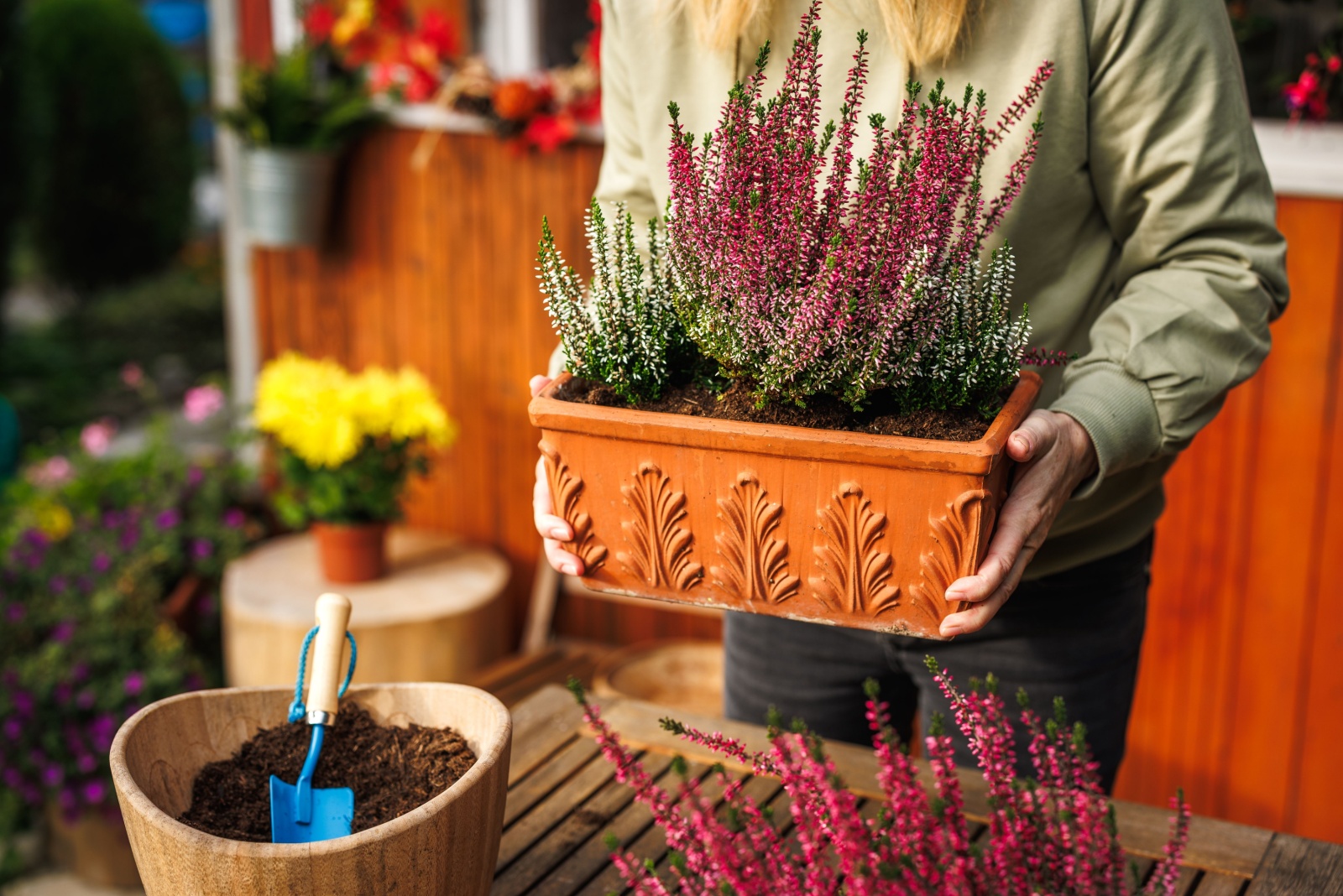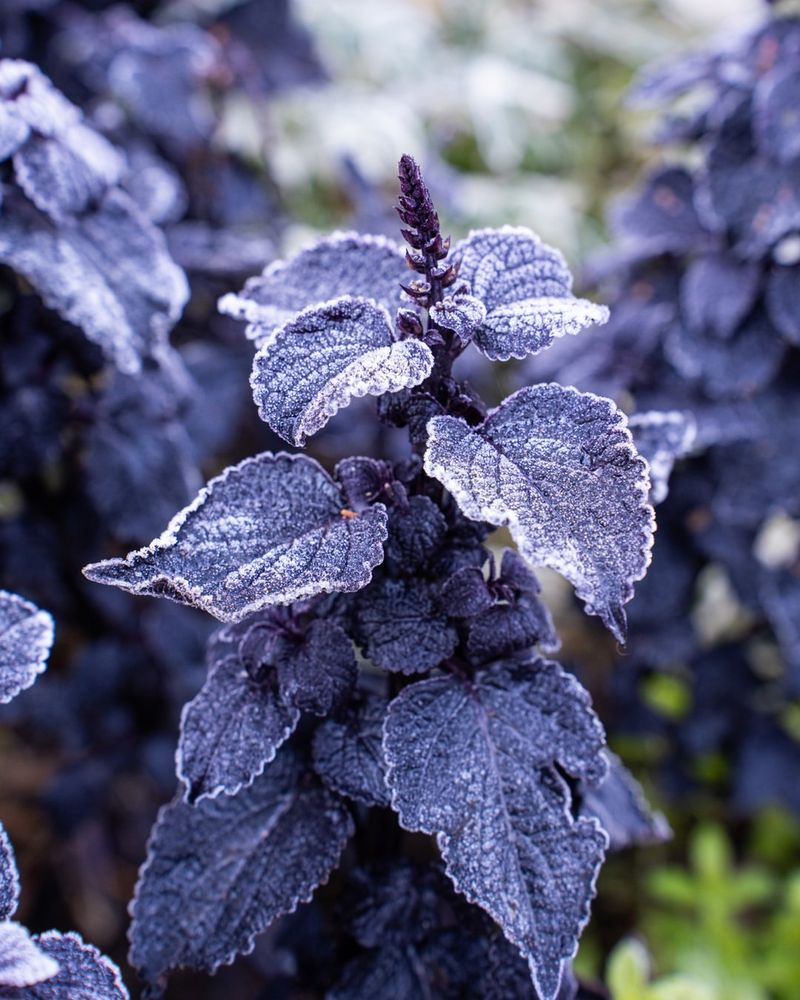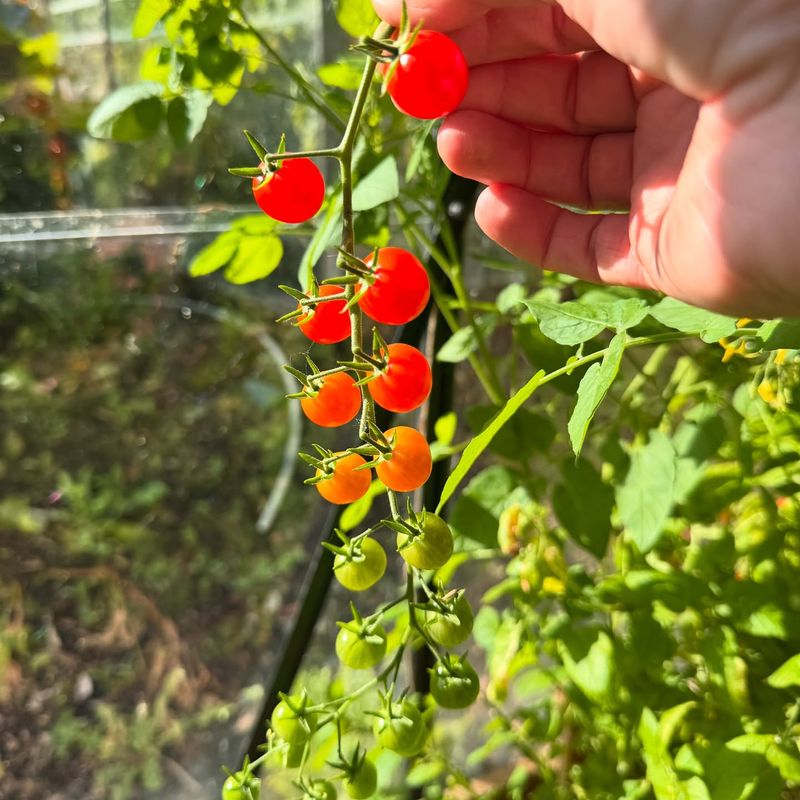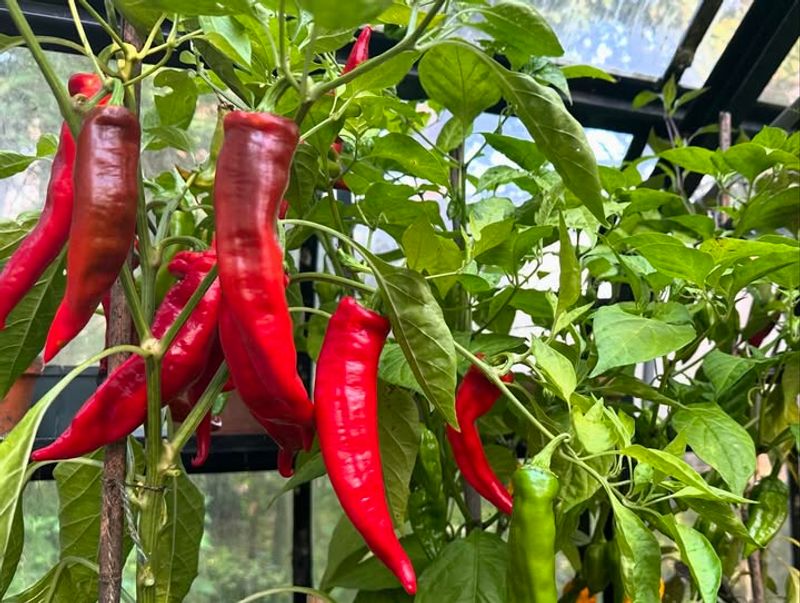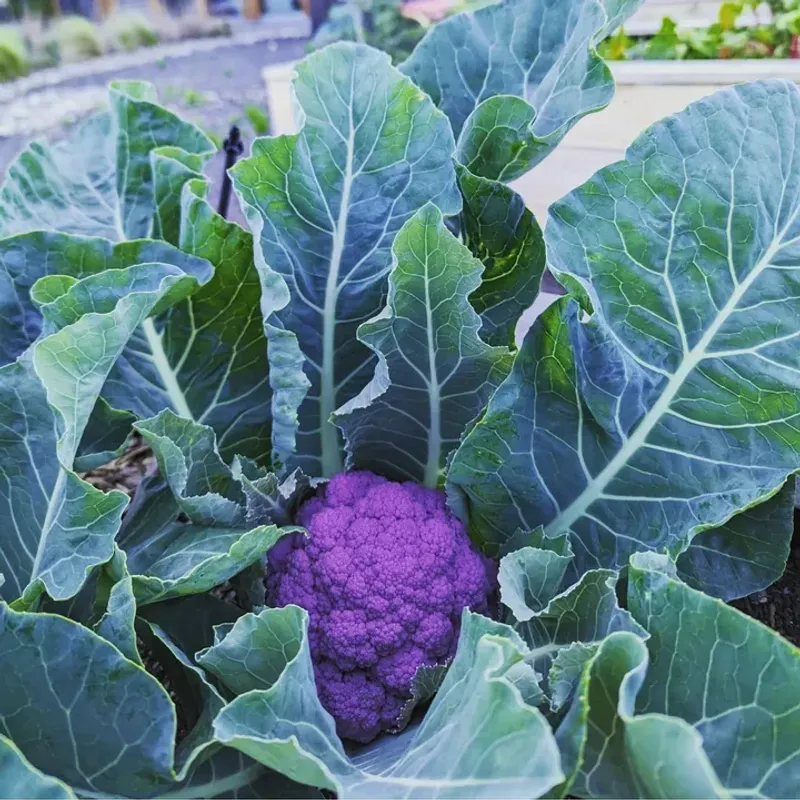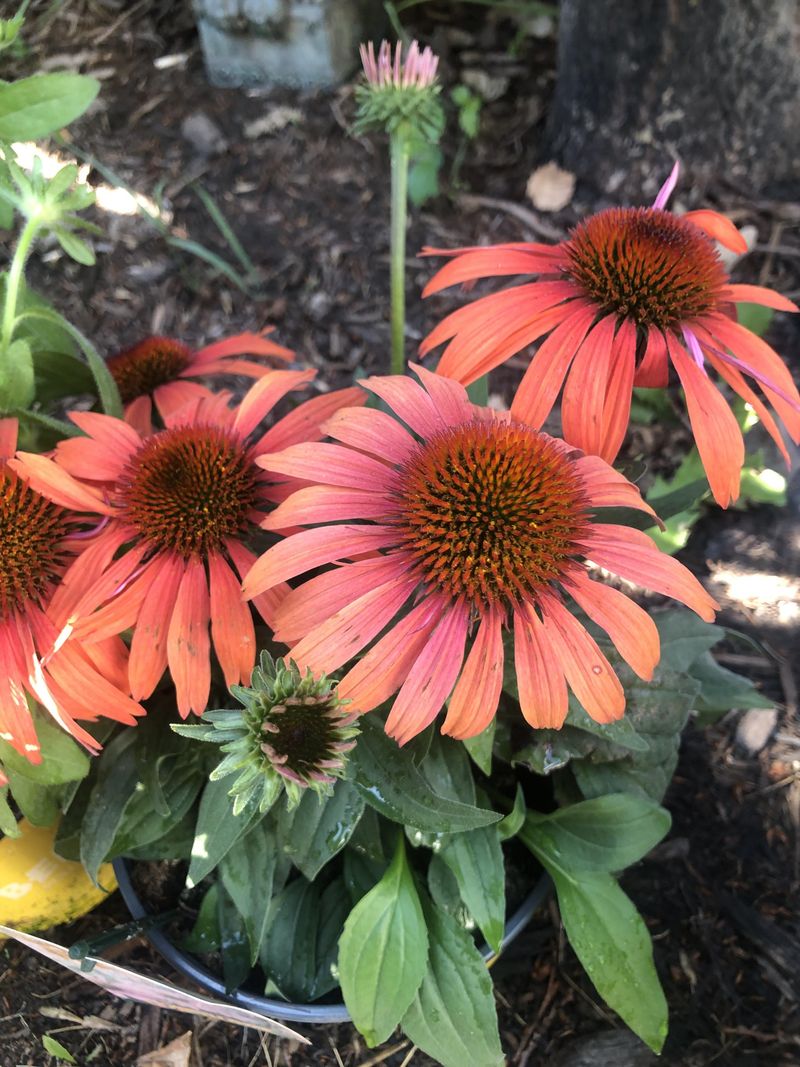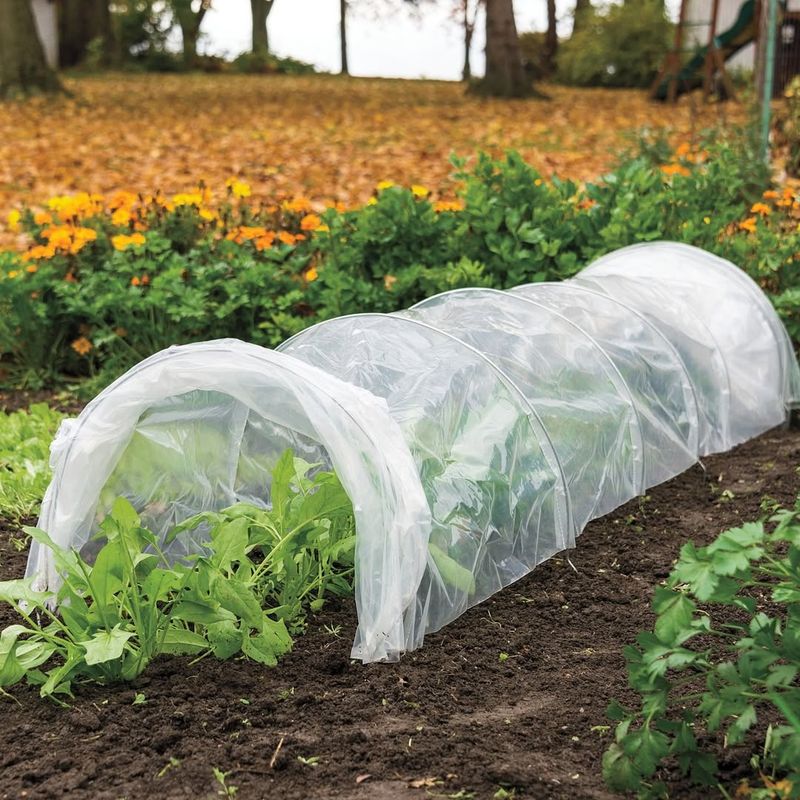When the chill starts to bite and daylight takes a backseat, even the most green-thumbed gardeners in Pennsylvania have to face the music—planting season doesn’t last forever.
But how do you know when to hang up your trowel and call it a year? Let’s dig into the signs that it’s time to stop sowing and start slowing.
1. Know Your First Frost Date
Pennsylvania’s first frost typically arrives between mid-September and late October, depending on where you live. Mountain regions see frost earlier than urban areas near Philadelphia.
Your local frost date determines when tender plants will die and when you should stop planting warm-season crops. Most garden centers and county extension offices provide specific frost date information for your zip code.
Mark this date on your calendar and count backward to plan your final planting days wisely.
2. Stop Planting Tomatoes By Mid-July
Tomatoes need at least 60-85 days to produce ripe fruit, making mid-July the cutoff for new plantings in most Pennsylvania locations. Any later and your plants won’t have enough warm days to mature before cold weather strikes.
Young tomato plants are incredibly sensitive to temperatures below 50 degrees, which can stunt growth permanently. Even if they survive light frost, the fruit won’t ripen properly.
Focus your late-summer efforts on caring for existing plants instead.
3. End Warm-Season Vegetable Planting By August
Peppers, squash, cucumbers, and beans all belong to the warm-season family that cannot tolerate Pennsylvania’s autumn temperatures. These heat-loving vegetables need consistent warmth to grow and produce food.
By early August, stop adding new warm-season plants to your garden beds. Existing plants will continue producing until the first hard freeze arrives, but new seedlings won’t establish strong enough roots.
Save your seeds and energy for next spring’s bounty instead.
4. Switch To Cool-Season Crops In Late Summer
While warm-season planting ends, late summer opens perfect opportunities for cool-season vegetables. Lettuce, kale, spinach, and broccoli actually prefer cooler temperatures and taste sweeter after light frost.
Plant these hardy vegetables between mid-July and early September for a delicious fall harvest. They’ll grow quickly in the warm soil while enjoying cooler air temperatures as autumn approaches.
Many gardeners find their fall crops more successful than spring ones because fewer pests bother them.
5. Finish Perennial Planting By October
Perennials need time to establish root systems before winter freezes the ground solid. Six weeks of root growth gives plants the best chance of surviving their first Pennsylvania winter without damage.
Stop planting trees, shrubs, and perennial flowers by mid-October in most areas, or early October in colder mountain regions. Earlier planting dates mean stronger, healthier plants come springtime.
Container-grown perennials can wait until spring if you miss this window completely.
6. Protect Late-Season Plants With Row Covers
Row covers act like cozy blankets for plants, trapping warmth and blocking frost damage. These lightweight fabrics can extend your growing season by several weeks, protecting late plantings from unexpected cold snaps.
Install covers over cool-season crops when temperatures drop into the low 30s at night. Remove them during sunny days to prevent overheating.
Many Pennsylvania gardeners harvest fresh lettuce and spinach well into November using this simple protection method successfully.

